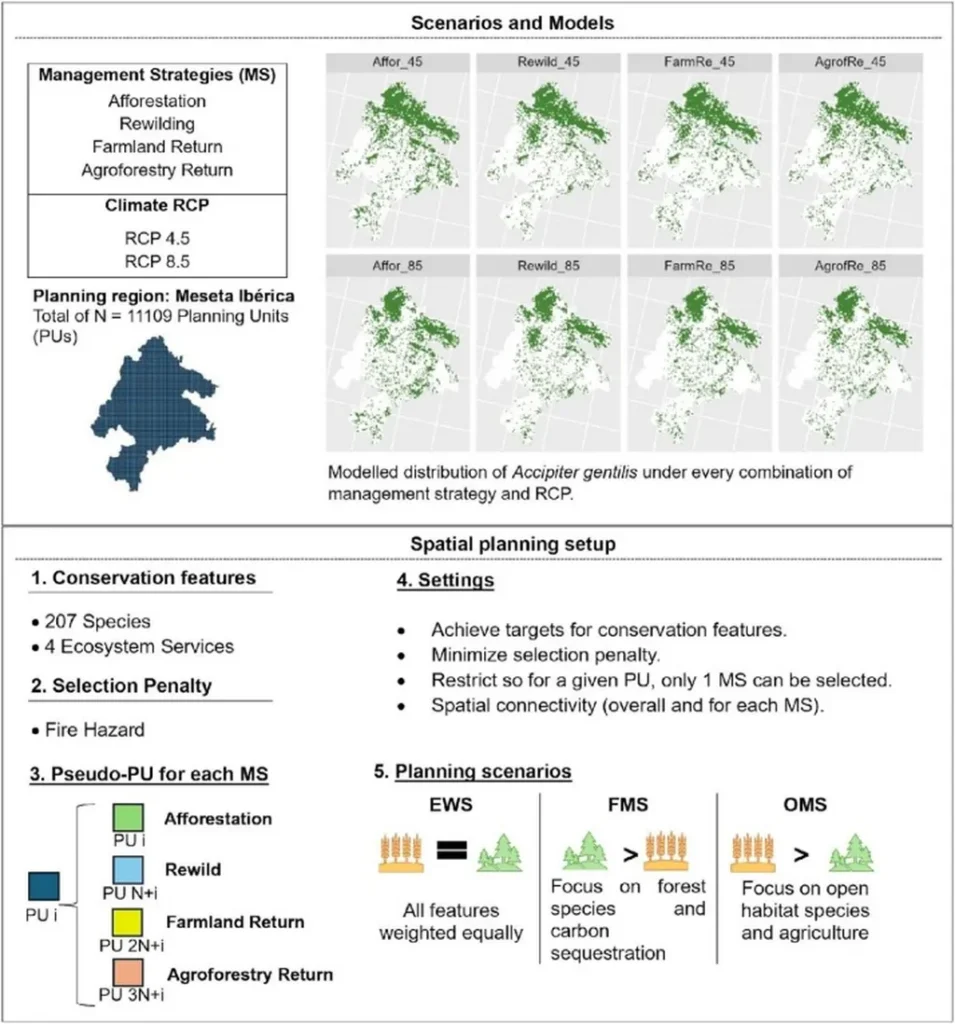In a significant stride towards enhancing environmental management and agricultural practices, researchers have developed a pioneering database that offers near-real-time monitoring of vegetation dynamics across the Iberian Peninsula and the Balearic Islands. Published in *Earth System Science Data*, this study introduces a novel procedure to generate semi-monthly updates of vegetation indices from 1981 to the present, providing a spatial resolution of 1.1 kilometers. This advancement is poised to revolutionize how policymakers, environmental managers, and agricultural stakeholders approach vegetation monitoring and anomaly detection.
The database, a culmination of harmonized historical satellite imagery from AVHRR, MODIS, and VIIRS sensors, demonstrates exceptional accuracy and consistency in harmonizing NDVI (Normalized Difference Vegetation Index) data over time. This capability is crucial for identifying temporal variability and trends in vegetation activity, as well as detecting disturbances caused by fires and other phenomena. “The database’s ability to provide near-real-time updates and monitor vegetation anomalies allows for comparisons across seasons and vegetation types, offering invaluable insights for agricultural planning and environmental conservation,” said lead author M. Franquesa from the Instituto Pirenaico de Ecología (IPE-CSIC), Consejo Superior de Investigaciones Científicas.
For the agricultural sector, the implications are profound. Farmers and agribusinesses can leverage this database to make data-driven decisions, optimizing crop management and resource allocation. By monitoring vegetation health in near-real-time, stakeholders can promptly address issues such as drought stress, pest infestations, and nutrient deficiencies, ultimately enhancing crop yields and sustainability. “This tool empowers farmers to adopt precision agriculture practices, reducing costs and increasing efficiency,” Franquesa added.
The database includes the NDVI and kNDVI vegetation indices, along with their standardized versions, SNDVI and SkNDVI. These indices are essential for assessing vegetation health and productivity, providing a comprehensive view of the region’s ecological dynamics. The accessibility of this database via the provided DOI link ensures that researchers, policymakers, and agricultural professionals can readily utilize this resource to inform their strategies and interventions.
Looking ahead, this research sets the stage for future developments in vegetation monitoring and environmental management. The integration of advanced satellite imagery and data harmonization techniques paves the way for more sophisticated tools that can predict vegetation trends and anomalies with even greater precision. As climate change continues to impact ecosystems, such advancements will be crucial for adapting to and mitigating environmental challenges.
In summary, the pioneering database introduced by Franquesa and colleagues represents a significant leap forward in vegetation monitoring. By providing near-real-time updates and comprehensive historical data, this tool offers a robust foundation for informed decision-making in agriculture and environmental conservation. As the agricultural sector continues to evolve, the insights gleaned from this database will be instrumental in shaping sustainable and resilient practices for the future.

